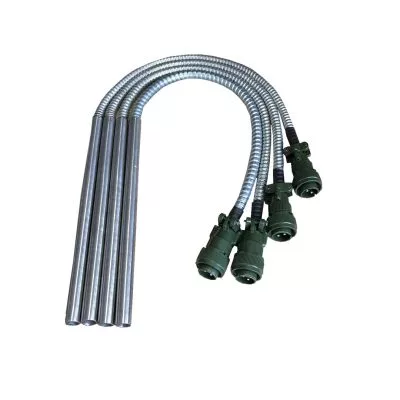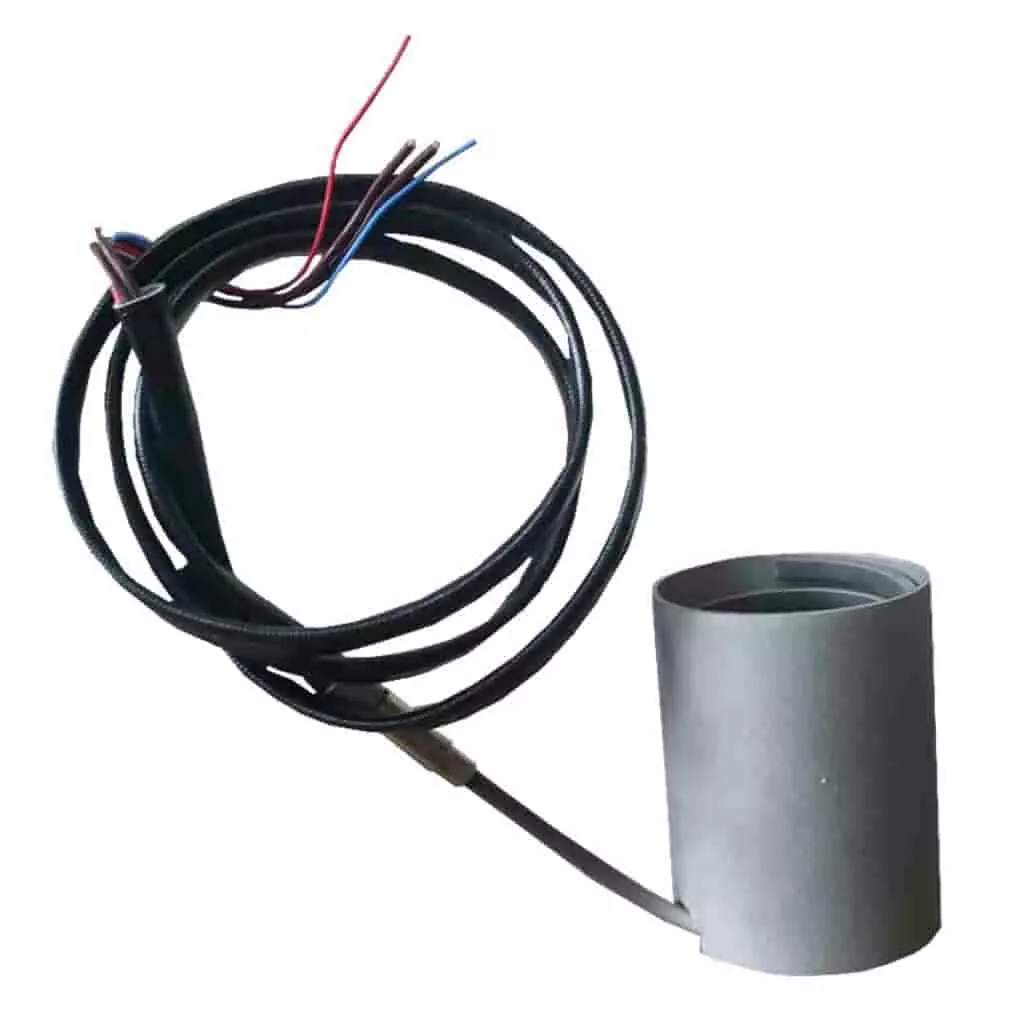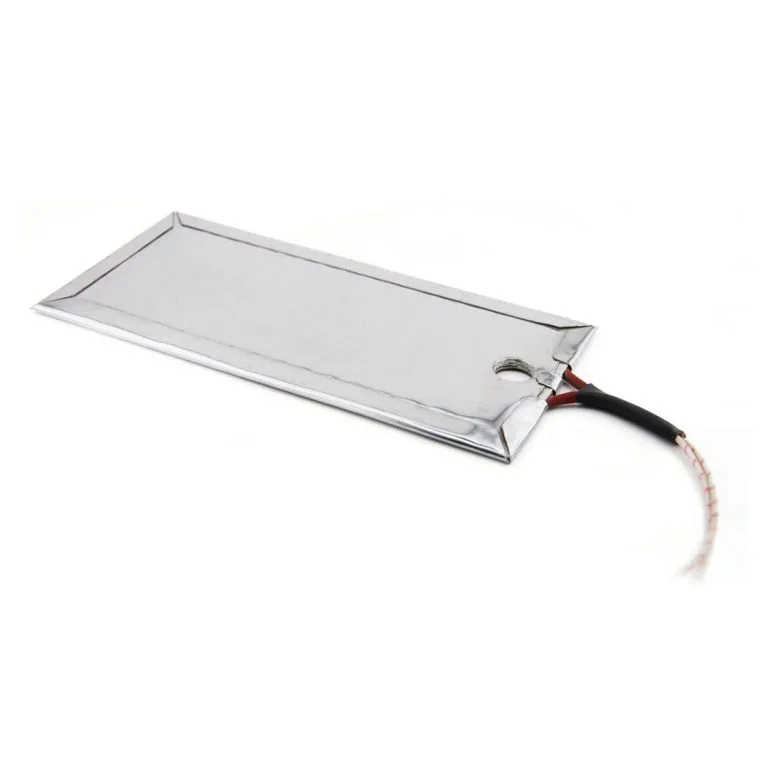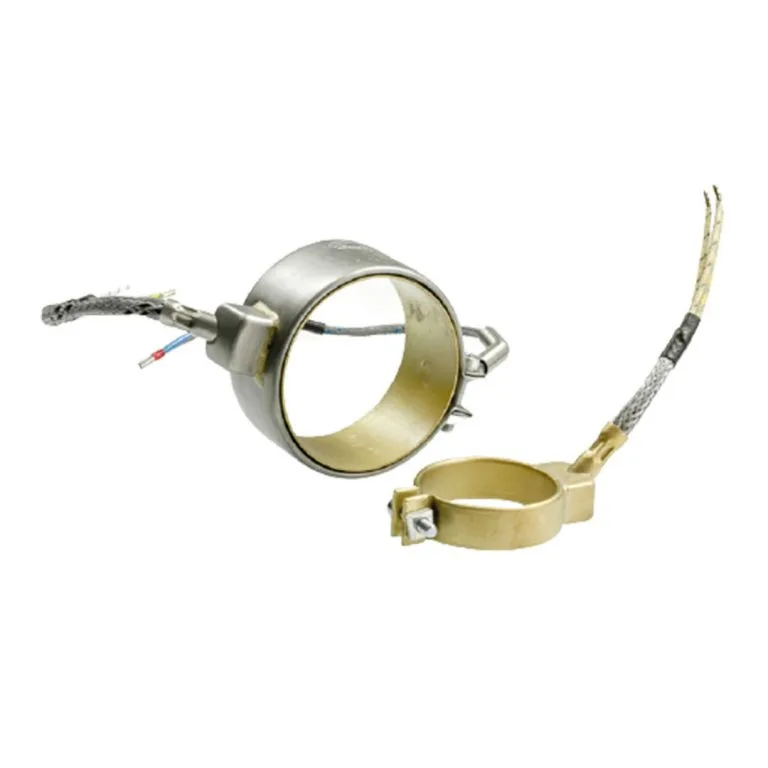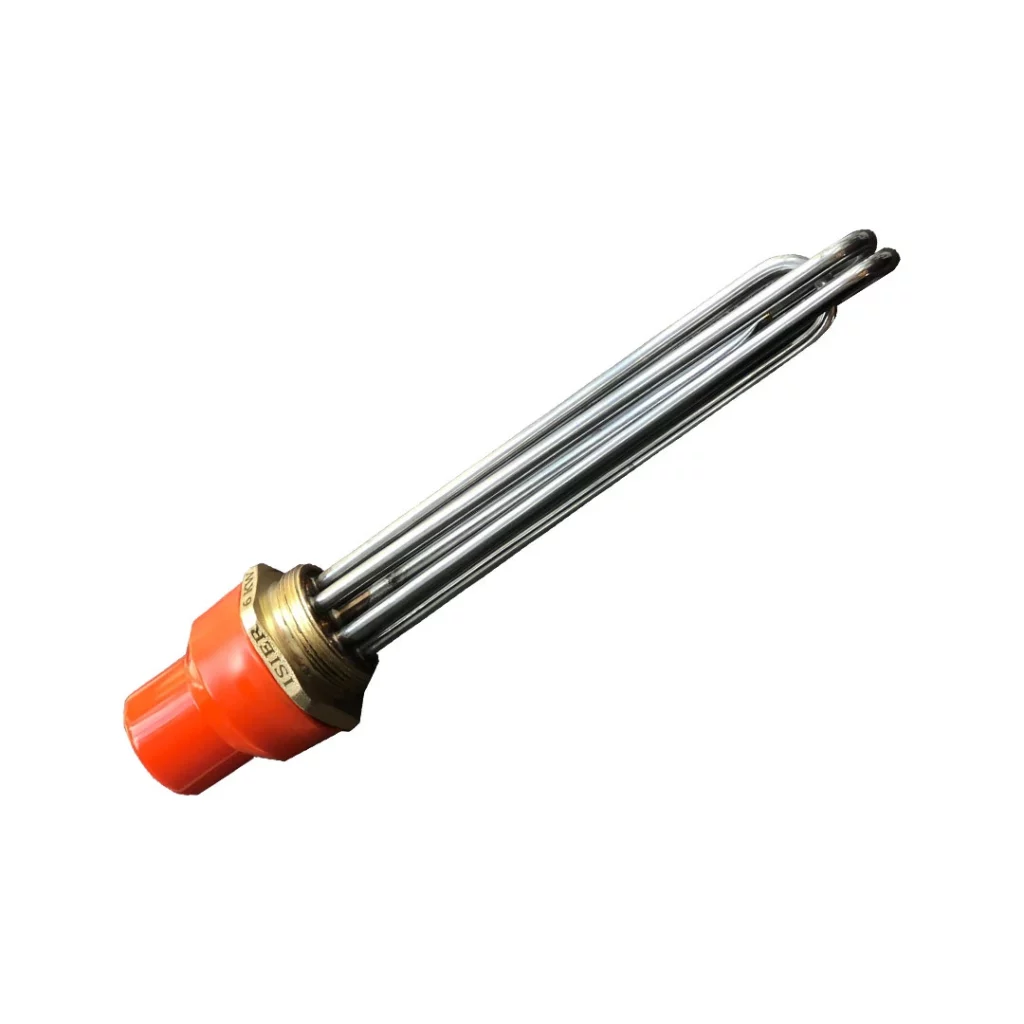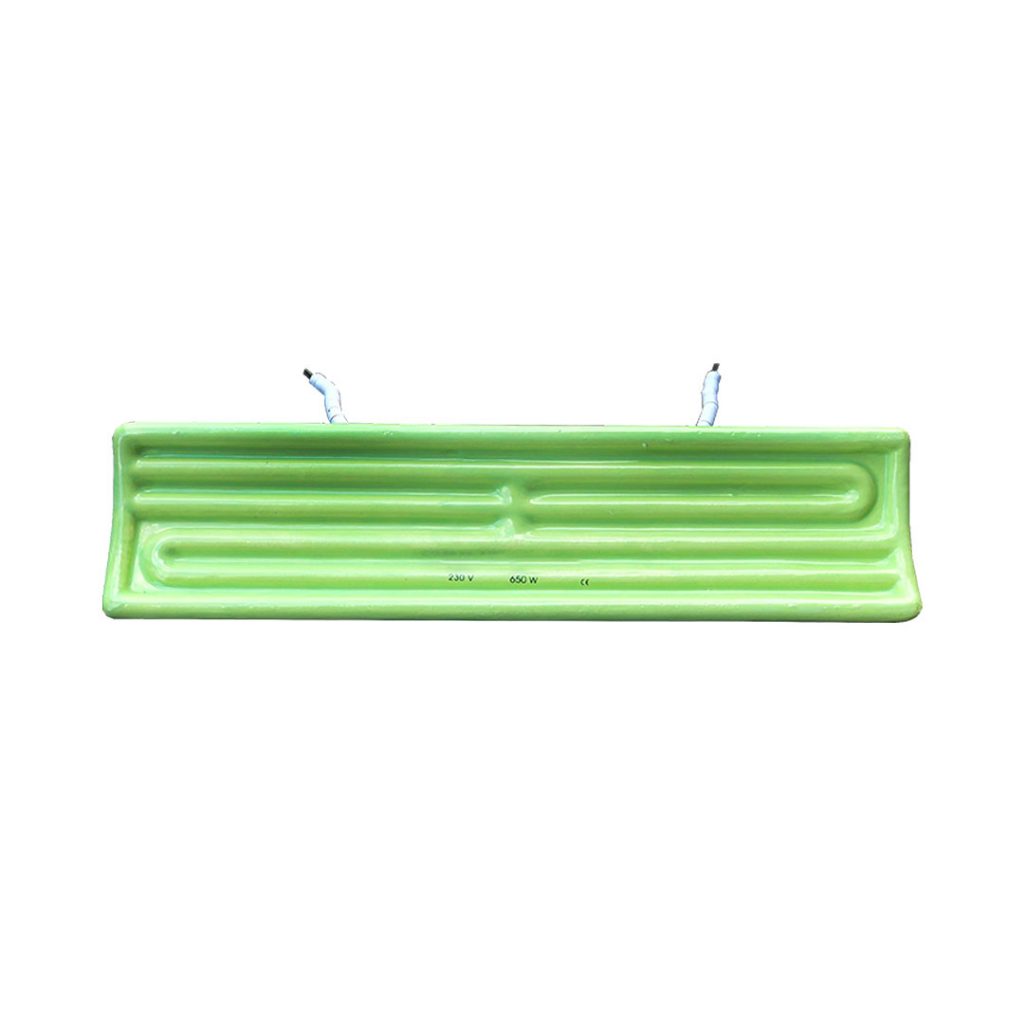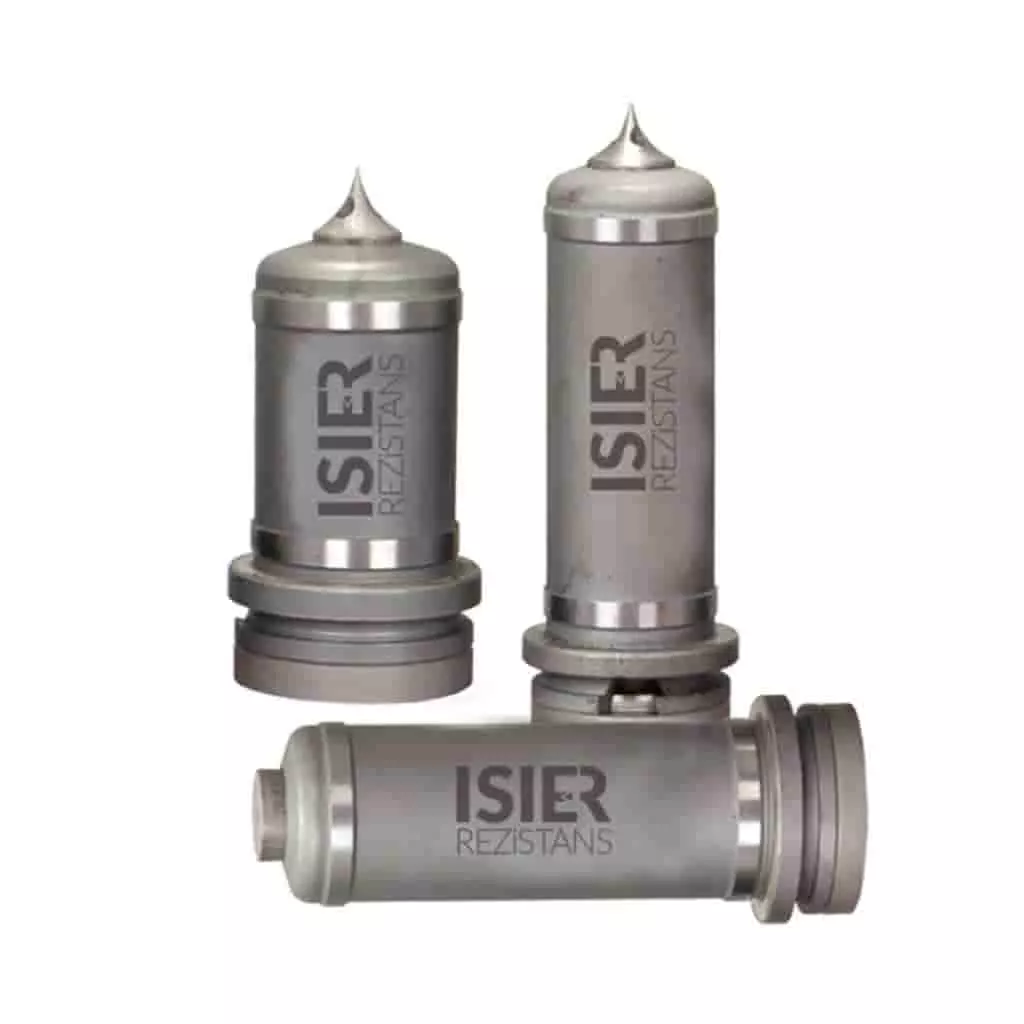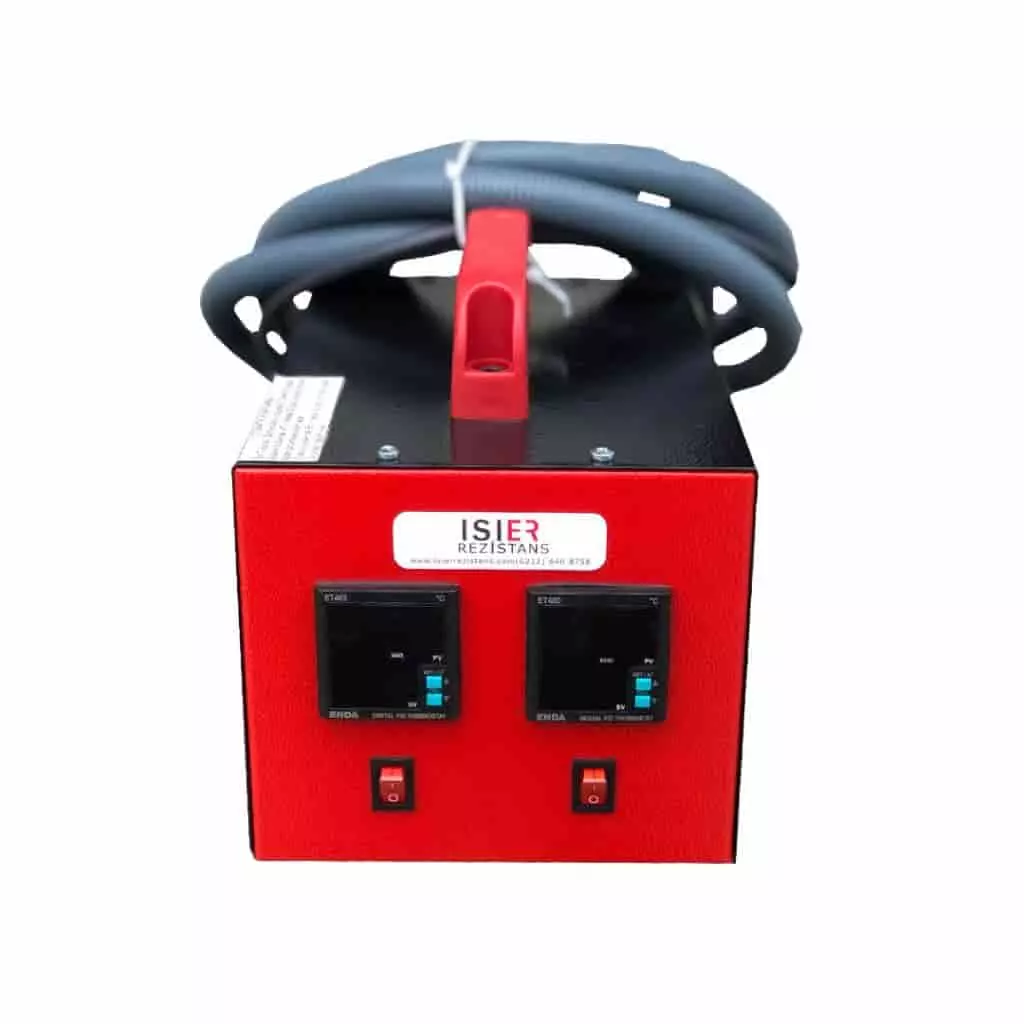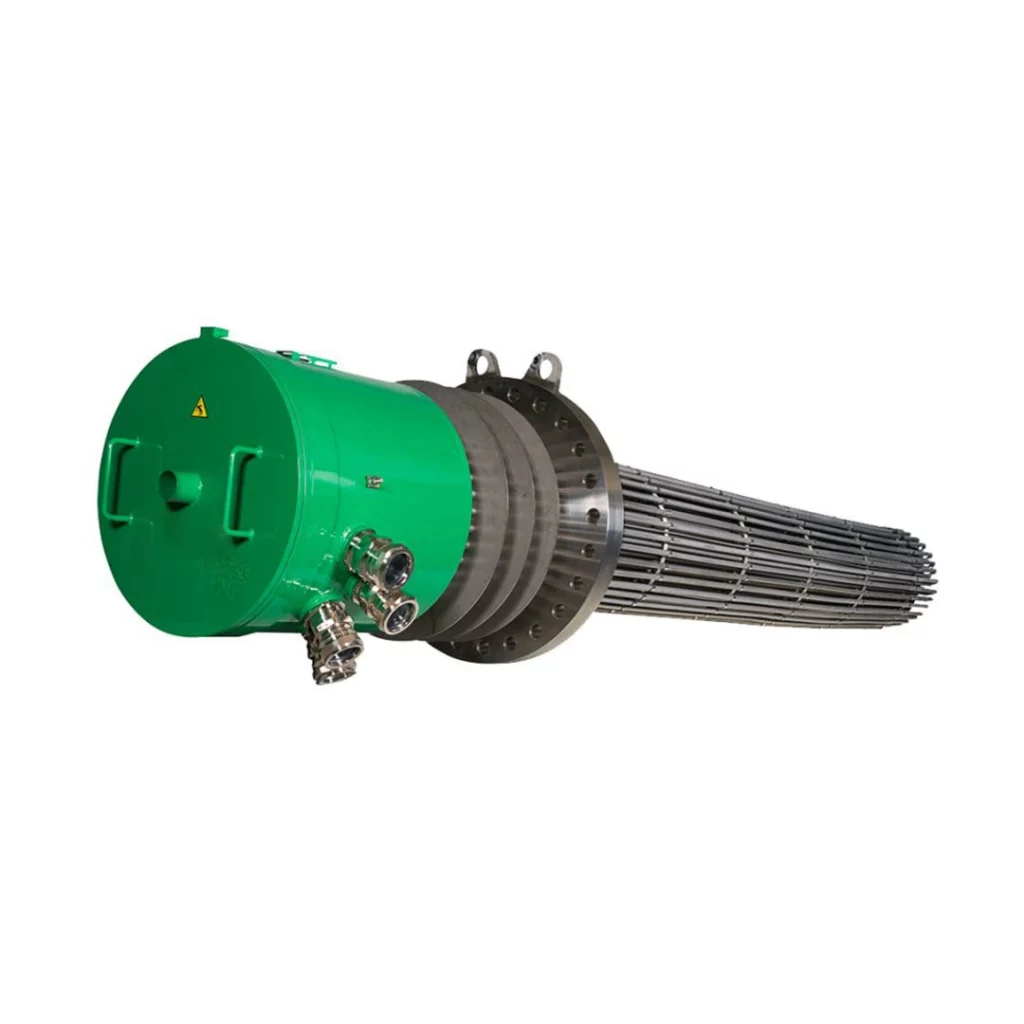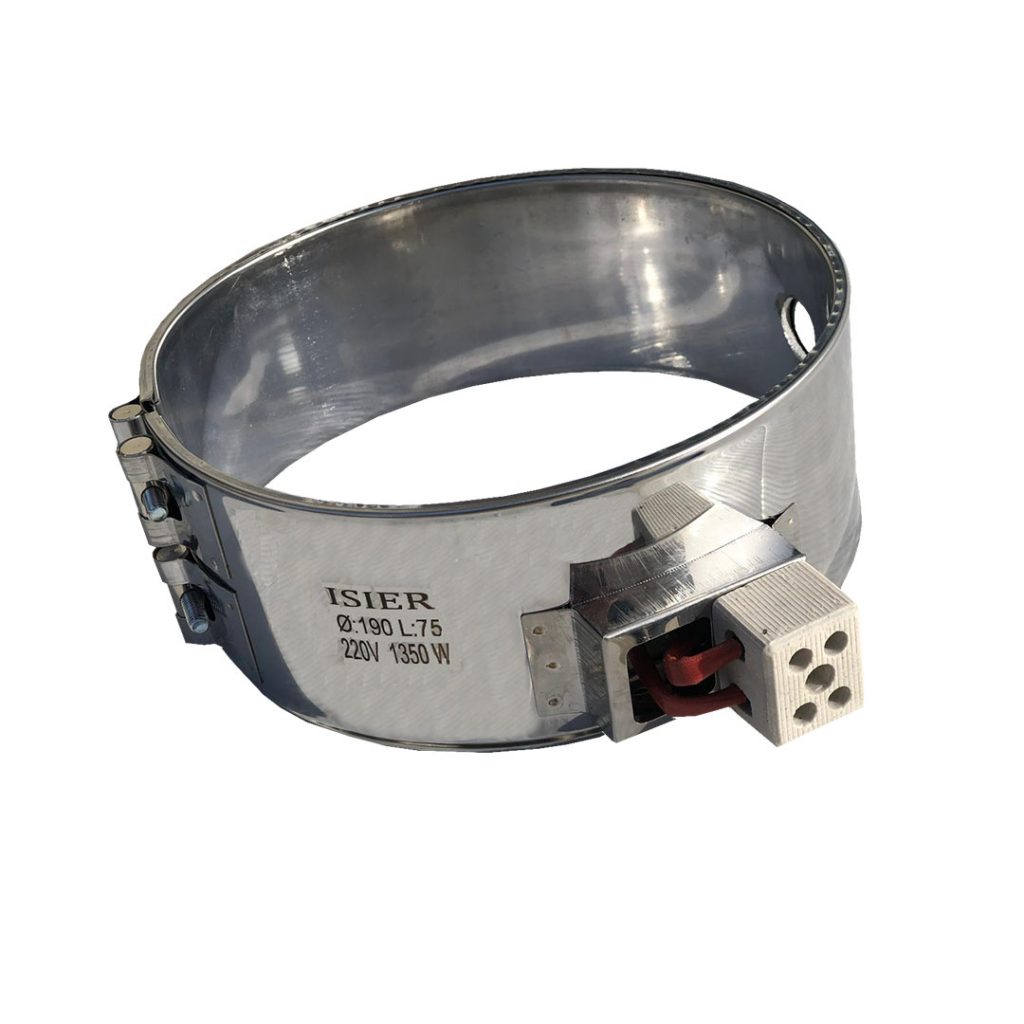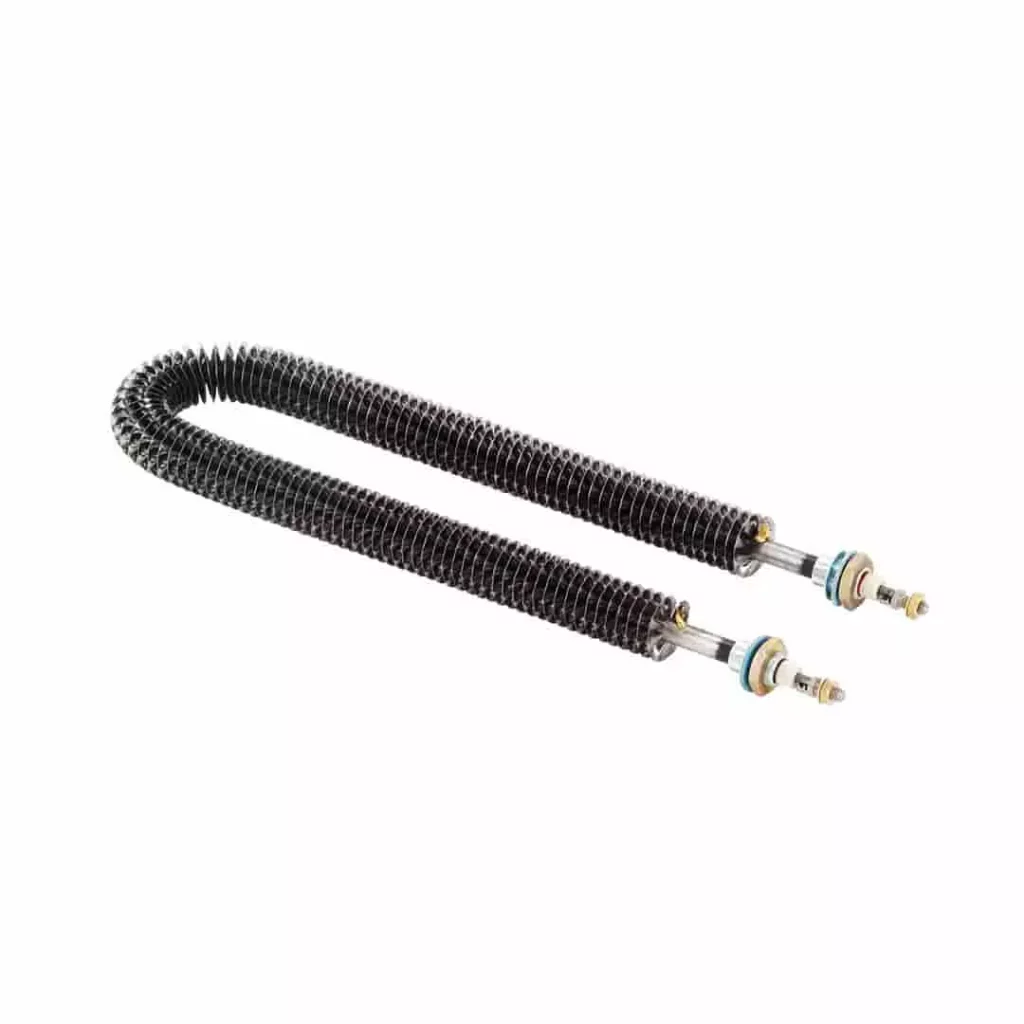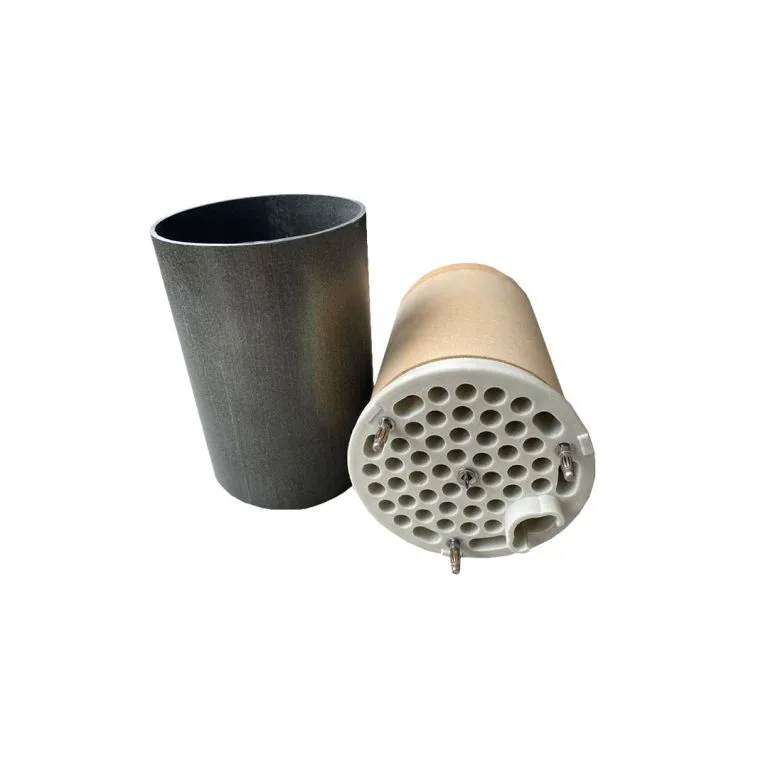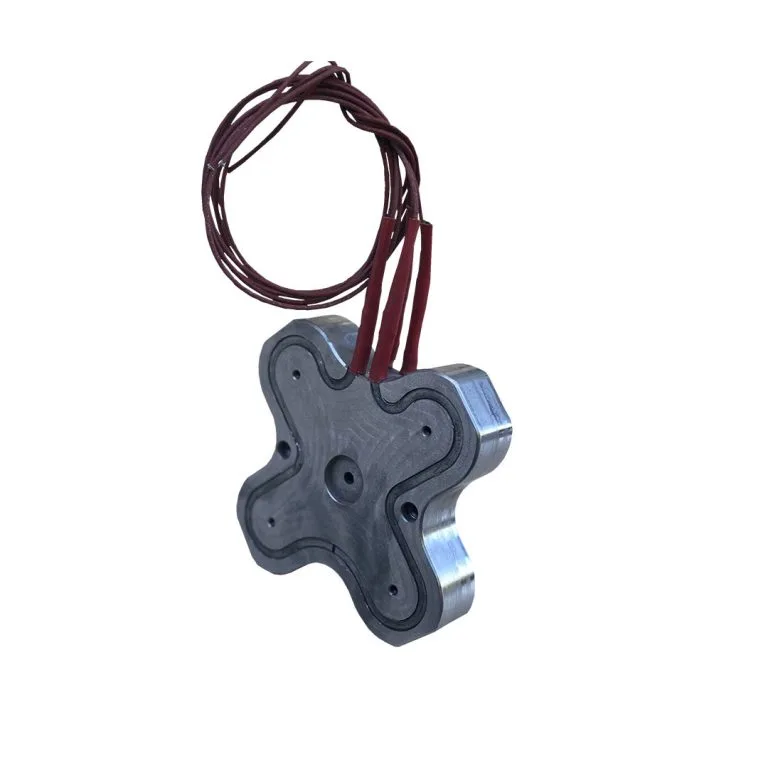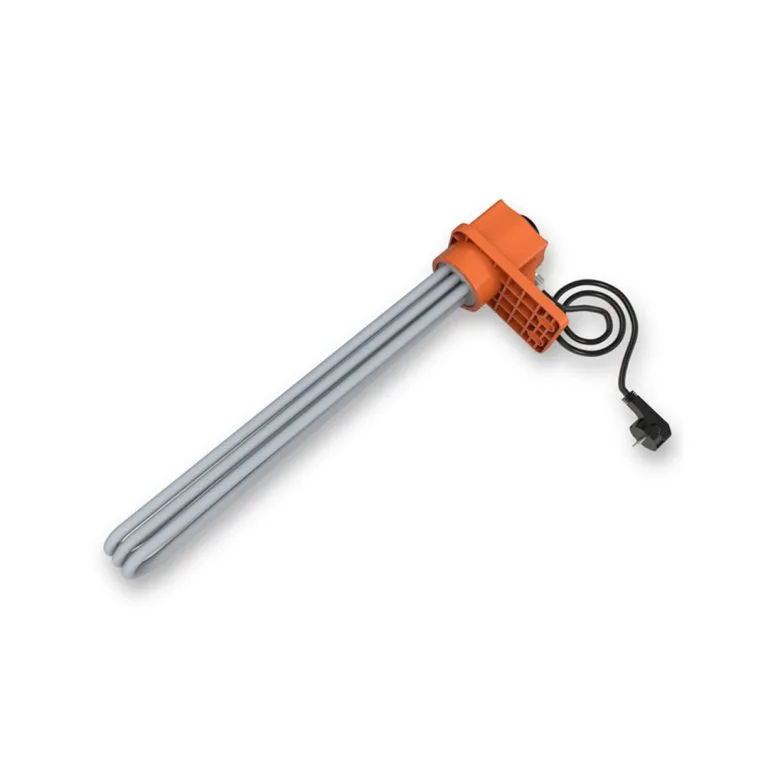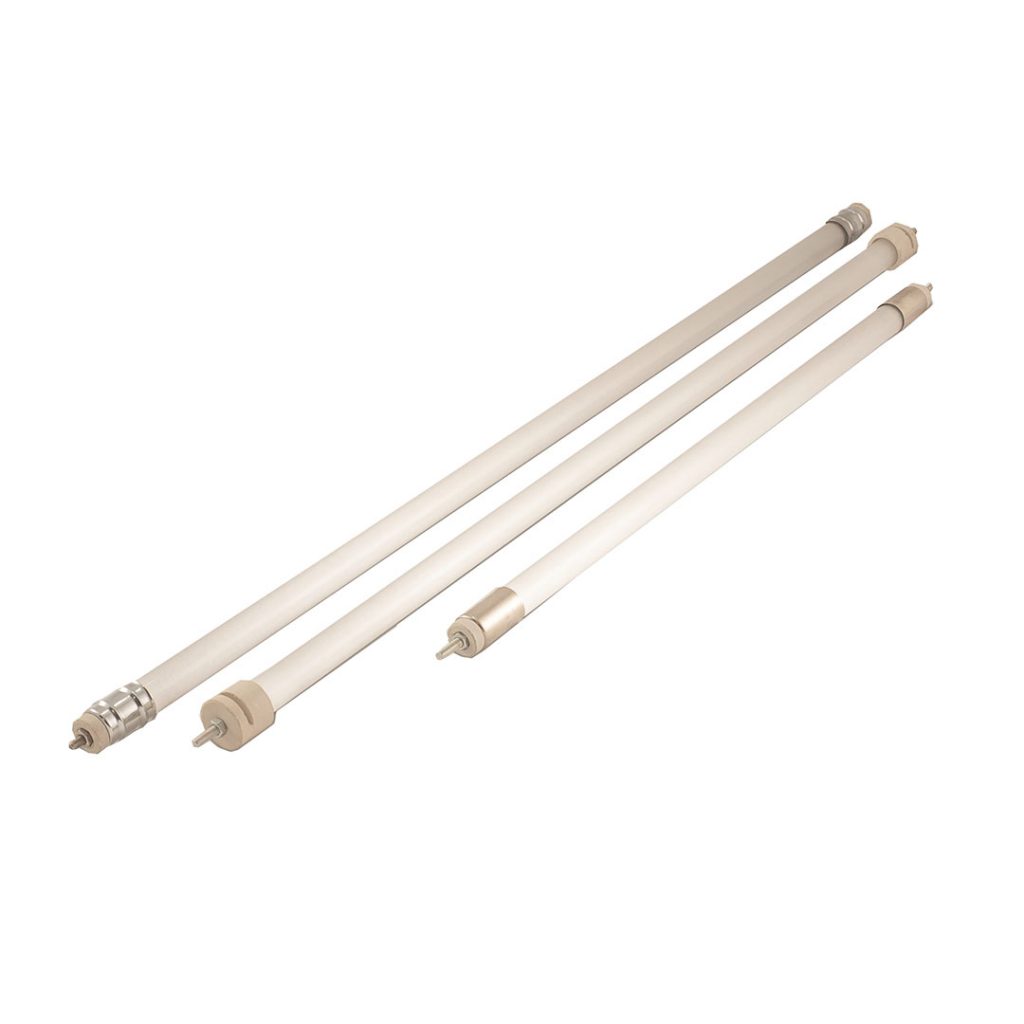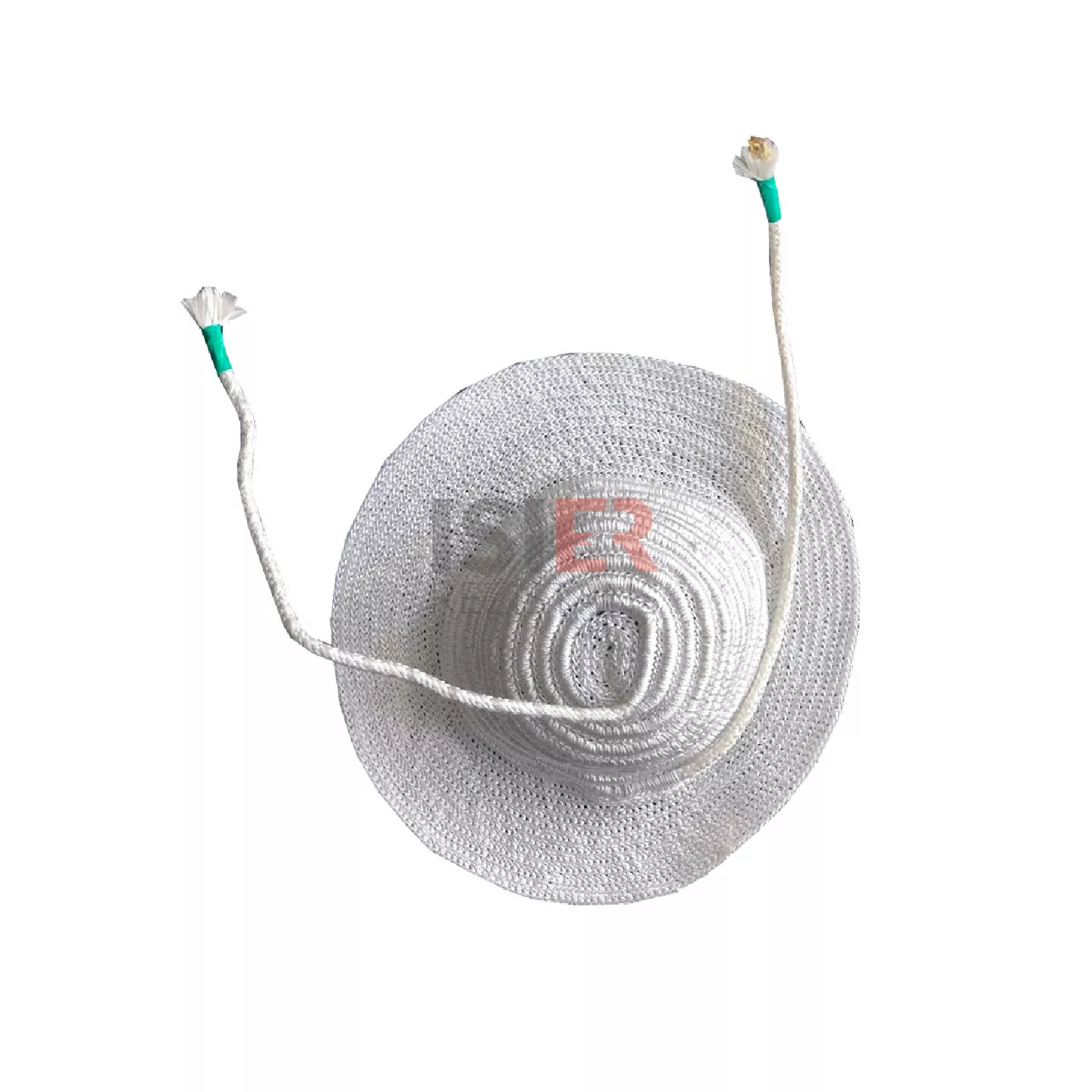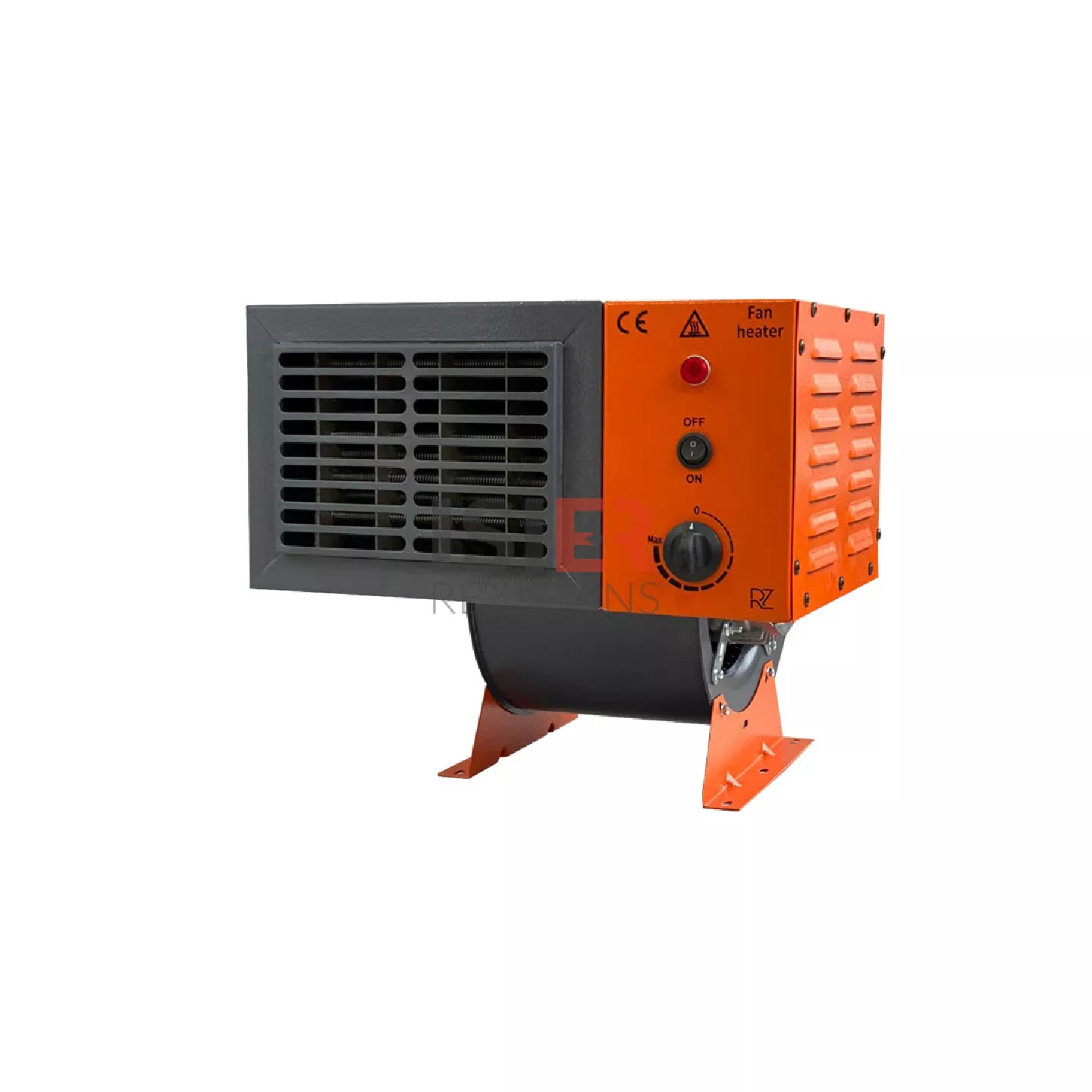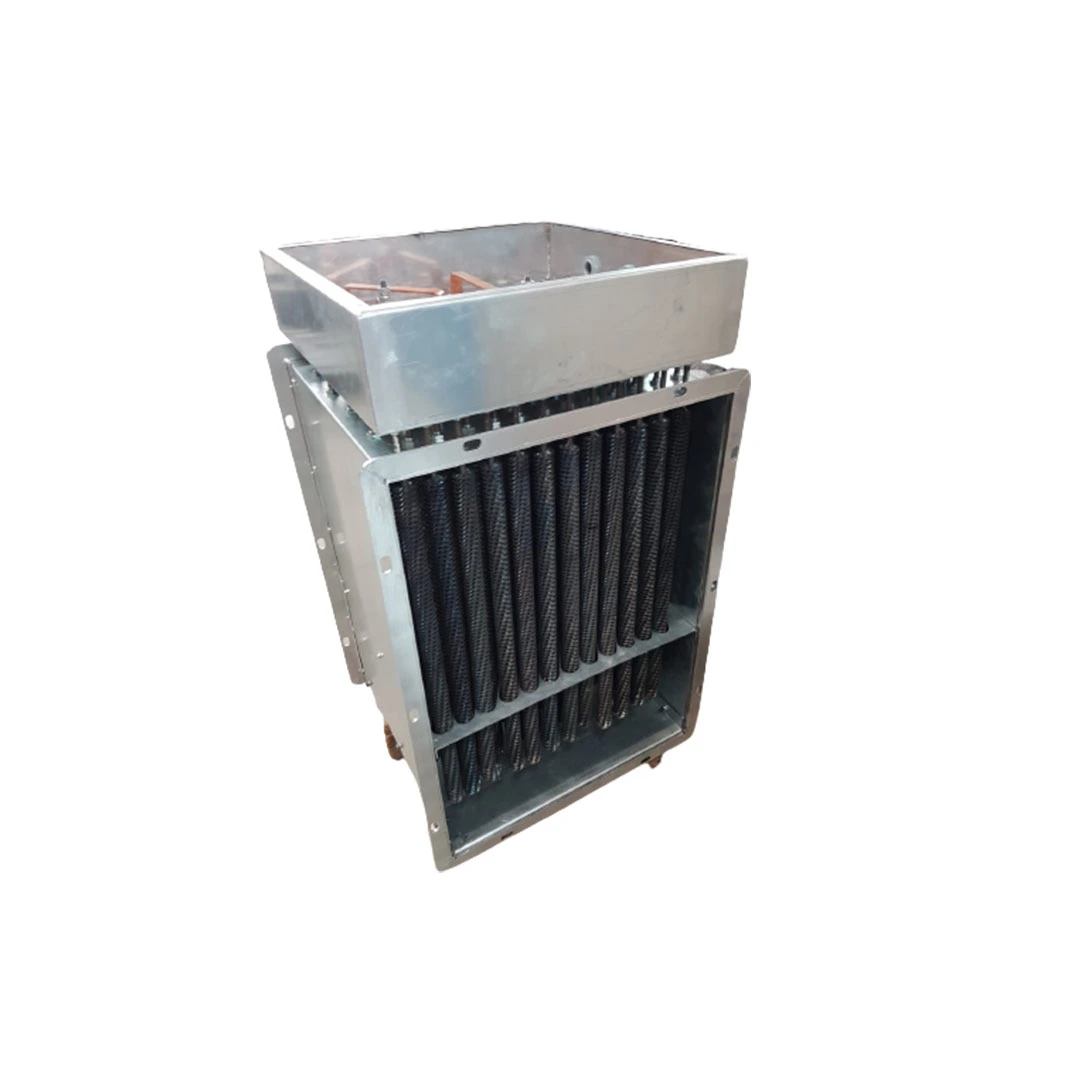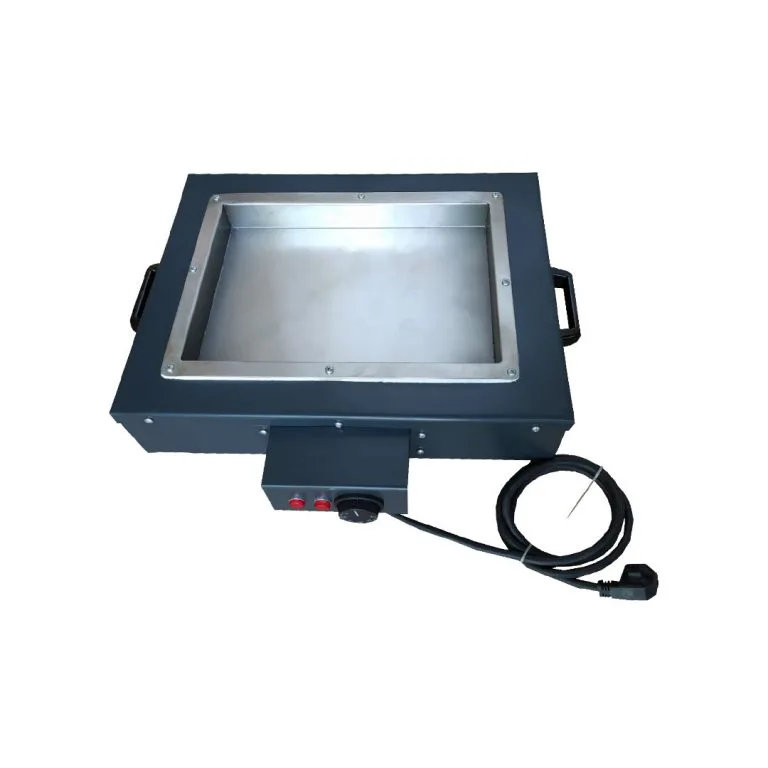Manifold Heaters: Definition, Features, and Applications
Manifold heaters are a special type of heater commonly used in industrial heating systems. These heaters are ideal solutions for many applications requiring temperature control. Manifold heaters are used to regulate the temperature of fluids such as liquids, gases, or air. They ensure the efficient management of heating processes in industrial facilities and various machines. In this article, we will provide more detailed information about manifold heaters, their technical specifications, and their areas of application.
Our Products
Your Solution Partner for All Your Resistance Needs
What Are Manifold Heaters?
A manifold heater is a device that contains multiple heating elements and is typically used to transfer heat through a pipe or tube. These types of heaters generally include a heating element wrapped around or placed on pipes. Manifolds are designed to maintain the temperature of different fluids at the desired levels. The heating elements are typically made of electric resistance wires or metal materials that conduct heat.
Manifold heaters work with high efficiency by both directly transferring heat and radiating heat to the surrounding environment. These features make them indispensable, especially in industrial systems where liquids and gases need to be heated.
Technical Specifications of Manifold Heaters
Manifold heaters can be adapted for a wide range of industrial applications. These adaptations are crucial for both temperature control and energy efficiency. The technical specifications of manifold heaters vary depending on the intended use. Below are the general technical specifications:
- High Heat Efficiency: Manifold heaters provide highly efficient heating. They ensure rapid and effective heating, especially in large areas, thus saving energy.
- Long Lifespan: Manifold heaters are made from durable materials and are designed for long-term use. Using stainless steel or alloy materials, their resistance to high temperatures and pressure is enhanced.
- Heat Distribution: In manifold systems, heat is distributed horizontally, ensuring uniform heating. Fluids such as liquids or gases can be heated effectively without heat loss.
- Suitability for Various Applications: Manifold heaters are available in versions that can operate at different temperature ranges. For example, there are significant differences between manifold heaters designed for low temperatures and those designed for high temperatures.
- Compatibility with Different Fluids: Manifold heaters can be designed to work with both liquid and gas fluids. This feature makes them a versatile solution.
Applications of Manifold Heaters
Manifold heaters are key components in industrial heating systems and have a wide range of applications across various sectors. Here are some common areas where manifold heaters are used:
- Chemical Industry:
In the chemical industry, maintaining specific temperature levels is crucial for various chemical reactions. Manifold heaters help manage heating processes efficiently in these applications. Temperature control is vital to ensure reactions occur in a controlled environment. - Plastics and Rubber Industry:
In the plastics and rubber industries, high temperatures are applied during the processing and shaping of materials. Manifold heaters are commonly used in extruder machines and molding processes. They act as heating elements in these machines, ensuring materials are processed at the correct temperature. - Automotive Industry:
In the automotive sector, manifold heaters are used primarily in engine cooling systems and fuel systems. These systems help maintain the proper temperature levels for the efficient operation of engines. Manifold heaters are also used in the production of various automotive parts for temperature control and heating processes. - Food Processing Industry:
Manifold heaters are also widely used in the food processing industry. They are used for temperature control in cooking, sterilization, and freezing processes. They provide suitable solutions for pasteurization and other similar processes. - Heating Systems and HVAC:
Manifold heaters are used in HVAC (Heating, Ventilation, and Air Conditioning) systems. These systems rely on manifold heaters to effectively heat the air or water, maintaining the desired ambient temperature. They are used in large commercial buildings and industrial facilities where heating is required for air or water.
Advantages of Manifold Heaters
Manifold heaters offer several advantages in industrial heating systems. These advantages make them a preferred solution for many applications:
- Energy Efficiency: Manifold heaters have the ability to quickly transfer and distribute heat, minimizing energy loss. This reduces operational costs and provides a more sustainable solution.
- Ease of Integration: Manifold heaters can be easily integrated into different industrial systems. This allows them to be used as an addition to existing heating systems or directly in new systems.
- Long-Term Performance: Manifold heaters are made from materials resistant to high temperatures and pressure, which ensures their long lifespan. This reduces maintenance costs and the need for frequent replacements.
- Uniform Heat Distribution: Manifold heaters distribute heat evenly to every point of the fluid, ensuring that the desired temperature levels are maintained everywhere.
- Wide Application Range: Manifold heaters can be customized to meet the specific needs of various sectors, making them suitable for a wide range of applications.
Manifold heaters play an important role in industrial heating applications. With advantages such as high efficiency, long lifespan, and easy integration, they are preferred in many sectors. Manifold heaters are used in critical temperature control processes in industries such as chemicals, automotive, food processing, HVAC, and many others. By providing suitable solutions for every sector, they ensure that heating processes are carried out safely and efficiently.
Manifold Heaters Frequently Asked Questions
A manifold heater is a type of industrial heating element designed to evenly distribute heat across multiple outlets or areas, often used to heat liquids or gases within a manifold system. The heater is typically used in processes such as heating fluid in industrial equipment, machinery, or chemical reactors.
A manifold heater works by providing heat to multiple outlet points within a manifold system. It consists of a heating element that is usually integrated into a manifold assembly. As electrical current passes through the heating element, it generates heat, which is transferred to the fluid or gas flowing through the manifold. This ensures that the fluid or gas is uniformly heated as it passes through the system.
- Manifold heaters are commonly used in industries such as:
- Chemical processing: For heating fluids or gases in reactors, tanks, or pipelines.
- Oil and gas: For heating crude oil or other substances in refinery processes.
- Food and beverage: For heating liquids during food processing or pasteurization.
- Plastic molding: For heating the injection or extrusion processes.
- HVAC systems: For heating air in ventilation systems or air handling units.
- Manifold heaters are made from durable materials capable of withstanding high temperatures and corrosive environments. Common materials include:
- Stainless steel: For the manifold and heating elements due to its corrosion resistance and high temperature tolerance.
- Aluminum: Used in certain designs for its good heat conductivity.
- Nickel-chromium alloys: For heating elements, known for their ability to withstand high temperatures.
- Advantages of manifold heaters include:
- Even heat distribution: They provide consistent heating to multiple points, ensuring uniform temperatures.
- Energy efficiency: The heat is applied directly to the fluid or gas, reducing energy loss.
- Compact design: Manifold heaters are often more space-efficient compared to multiple individual heaters.
- Versatility: Can be used in a wide range of industries and applications.
- Easy integration: Can be easily integrated into existing systems or processes.
- Installation of a manifold heater typically involves:
- Positioning the manifold: The manifold is placed in the correct location within the system, such as along a pipeline or within a processing unit.
- Electrical connection: The heating element is connected to a power source, ensuring proper wiring and safety measures are in place.
- Fluid or gas connection: The manifold is connected to the fluid or gas system, allowing the heated substances to flow through the manifold.
- Safety checks: Ensuring that temperature control systems, insulation, and safety mechanisms are properly set up to avoid overheating or failure.
- Common issues with manifold heaters include:
- Overheating: Can occur if the heater is improperly sized or the temperature control system fails.
- Corrosion: Exposure to harsh chemicals or high humidity can lead to corrosion of the manifold or heating elements.
- Clogging: Particles or impurities in the fluid or gas can clog the manifold, restricting flow and reducing heating efficiency.
- Element burnout: Prolonged exposure to high temperatures or voltage surges can cause the heating element to fail.
- To maintain a manifold heater:
- Regular cleaning: Clean the manifold and heating elements to remove any scale, dirt, or debris that may block the system.
- Inspect for leaks: Check for leaks in the manifold connections, especially if dealing with liquids or gases under pressure.
- Monitor temperature: Ensure that the temperature is being regulated within the recommended range to prevent overheating.
- Check wiring: Inspect electrical connections for signs of wear, corrosion, or loose fittings.
- Replace damaged components: Replace any damaged or worn-out elements or seals to prevent further damage.
- The lifespan of a manifold heater can vary depending on the material quality, operating conditions, and maintenance practices. Generally, manifold heaters can last between 5 to 10 years with proper care. Factors like high operating temperatures, chemical exposure, or poor maintenance can reduce their lifespan.
- When selecting a manifold heater, consider the following factors:
- Power requirements: Ensure the heater’s wattage is suitable for the volume of fluid or gas being heated and the required temperature.
- Material compatibility: Choose a heater made from materials that are compatible with the fluid or gas in your system, as well as the operating temperature.
- Flow rate and pressure: Ensure that the manifold heater can handle the required flow rate and pressure of the fluid or gas.
- Size and design: Select a heater that fits the available space and integrates well with your system layout.
- Safety features: Ensure that the heater has proper temperature controls, overload protection, and safety mechanisms.






